Exploring the rich tapestry of Batak music brings one to the charming doorstep of chord lagu batak mardua dalan. This traditional tune, steeped in the cultural heritage of the Batak people from North Sumatra, Indonesia, resonates with heartwarming melodies and poignant lyrics. The song, whose title translates to “Two Paths” in English, delves into themes of love, separation, and longing that are universal yet deeply rooted in specific local narratives.

Chord Lagu Batak Mardua Dalan
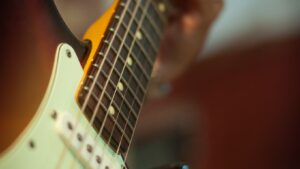
The phrase “Mardua Dalan” translates to “two paths” or “crossroads,” symbolizing choices, journeys, and sometimes, the bittersweet nature of love and life’s decisions. The song’s structure is designed to resonate deeply with listeners, employing traditional instruments alongside modern arrangements to create a sound that is both timeless and contemporary. It serves as a bridge connecting generations, allowing younger audiences to appreciate their heritage through music that speaks to them.
For musicians and enthusiasts alike seeking to master this piece, understanding its chord progression is essential. The chord lagu Batak Mardua Dalan has been meticulously crafted to evoke strong emotions, using specific harmonic sequences that highlight the song’s thematic depth. These chords are more than just technical elements; they’re the backbone of storytelling in music form.
History of Batak Music
 Traditional Batak Music
Traditional Batak Music
Traditional Batak music holds a significant place in the cultural landscape of Indonesia, offering a unique blend of vocal harmonies and instrumental prowess. Central to this musical tradition is the use of indigenous instruments such as the gondang, a type of drum, and the sulim, a bamboo flute, creating rhythms and melodies that have been passed down through generations. These elements combine to support vocal performances often characterized by strong harmonies and dynamic shifts in tempo. The lyrics frequently draw from ancient Batak folklore and societal values, providing not just entertainment but also moral teachings.
Influence of Western Music
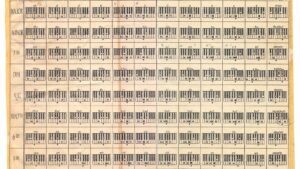
This cross-cultural exchange enriched Batak music with new chord progressions and rhythmic structures, enabling artists to explore novel soundscapes without losing touch with their roots. Jazz and pop have been particularly influential genres—evident in contemporary renditions where you can detect subtle jazz improvisations or pop-inspired beats woven into traditional melodies.

Moreover, technology has played a crucial role in broadening access to diverse musical styles globally including within Indonesia thereby amplifying Western influence on local traditions like those seen in recent adaptations of chord lagu batak mardua dalan showcasing innovative approaches that resonate with younger audiences while respecting age-old traditions.
“Mardua Dalan” Song
 Meaning of the Song
Meaning of the Song
The “Mardua Dalan” song, deeply rooted in the Batak culture, narrates a tale of separation and longing. Its title translates to “Two Paths,” symbolizing the divergent journeys taken by loved ones. The lyrics delve into the emotional turmoil experienced by those who are separated from their partners, portraying a universal theme of love and loss that resonates with many. Through its poignant narrative, listeners are transported into a world where every chord strikes a chord within their hearts, echoing their own experiences of love and separation.
Significance in Batak Culture

- Cultural Gatherings: At weddings and celebrations, it’s common to hear this melody filling the air.
- Emotional Resonance: The song’s themes reflect universal feelings, making it relevant across different contexts within Batak society.
Musical Elements

- Traditional Instruments:
- Gondang (drums)
- Sulim (flute)

- Harmonic Complexity: The chords used in “Mardua Dalan” might seem simple at first glance but they convey deep emotional layers through subtle variations.
- Rhythmic Patterns: Distinctive beats provide an energetic backdrop to the melancholic melody.
Through its meaningful lyrics, cultural significance, and unique musical style, “Mardua Dalan” continues to be cherished within Batak communities around the globe. It serves not only as entertainment but also as an enduring link to heritage for those far from home.
Popular Chord Progressions
 Traditional Batak Chords
Traditional Batak Chords
Exploring the rich tapestry of Batak music reveals a unique blend of chord progressions that have resonated through time. The chord lagu Batak Mardua Dalan, for instance, is deeply ingrained in the traditional musical landscape of the Batak culture. These chords often employ a combination of major and minor scales, creating a sound that’s both melancholic and uplifting.
- In traditional settings, musicians might use a mix of I (Tonic), IV (Subdominant), V (Dominant) chords to weave their melodies.
- A common progression might look like G Major, C Major, D Major – offering a simple yet profound base for storytelling through music.
- The use of pentatonic scales adds another layer to these compositions, giving them their distinctive sound.
This harmonic foundation supports not just the melody but also the emotive storytelling typical of Batak songs. It’s this interplay between melody and harmony that captures listeners’ hearts.
Modern Adaptations
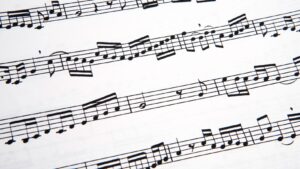
- Fusion genres are increasingly popular, blending iconic Batak chords with elements from jazz, rock, or pop.
- Electronic enhancements allow for broader experimentation while staying true to the original feel of the songs.
- Cover bands and new-age musicians often tweak traditional progressions to fit modern tastes or global audiences.

The evolution from traditional chord progressions to modern adaptations highlights not only the adaptability but also the enduring appeal of Batak music. As it unfolds across generations, its core—embodied by tracks like Mardua Dalan—remains an anchor amidst change. This dynamism ensures that both old fans and new listeners can find something to love in the timeless tunes of Batak culture.
Learning Batak Music

Resources for Chord Progressions
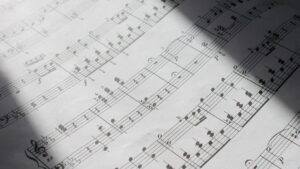
- Online Tutorials: Websites like YouTube have a plethora of video tutorials where experienced musicians play and explain the chords step by step.
- Music Sheets: Platforms dedicated to music education often feature sheet music for traditional songs, including various Batak numbers. These can be invaluable for understanding musical notation and chord structures.
- Community Forums: Engaging with online communities or forums focused on Batak music can provide personalized advice and tips from fellow enthusiasts who are also learning or have mastered these songs.
Leveraging these resources creates a comprehensive learning environment that caters to auditory, visual, and kinesthetic learners.
Tips for Mastering Batak Songs
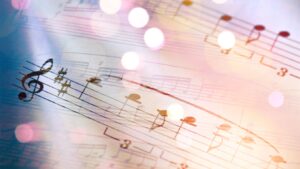
- Start Slowly: Begin by practicing at a slow tempo to ensure accuracy in finger placement and chord transitions. Speed can be gradually increased as you become more comfortable with the song.
- Listen Often: Immersing yourself in recordings of “Mardua Dalan” will help you understand its rhythm, emotion, and nuances better. Listening is an essential tool in your toolkit.
- Practice Regularly: Consistency is key when it comes to mastering an instrument or a song. Even short daily practice sessions can lead to significant improvements over time.
- Seek Feedback: Don’t hesitate to ask for feedback from more experienced players or teachers. Constructive criticism can help identify areas of improvement that might not be obvious otherwise.
By following these tips while leveraging available resources effectively, learners will find themselves well on their way to mastering chord lagu batak mardua dalan along with other beautiful pieces from the rich tapestry of Batak music.


 Traditional Batak Music
Traditional Batak Music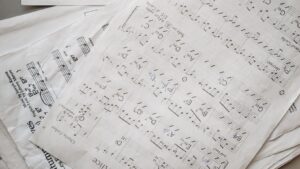 Meaning of the Song
Meaning of the Song Traditional Batak Chords
Traditional Batak Chords